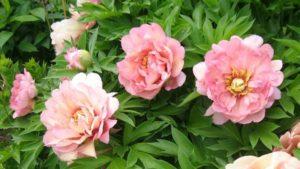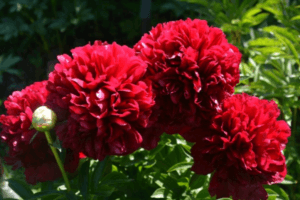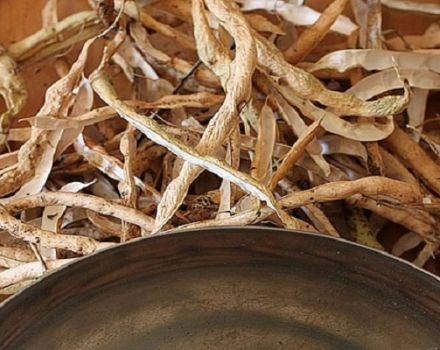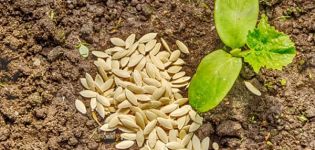Causes and treatment of peony diseases, the best pest control measures
Peonies decorating many homestead plots are quite unpretentious and resistant to disease. However, viruses, fungi and pests can harm plants if timely measures are not taken. It is necessary to act already at the first signs of the disease, and even better - to carry out preventive measures. With proper care, flowers will delight the eye for many years.
Gray rot
Gray rot is one of the most dangerous diseases of peonies, because both buds and stems with leaves are susceptible to disease. Diseased shoots wither, and in the process of illness a gray bloom appears on the plant, because of which the disease got its name. The development of the disease is favored by coolness, high humidity, precipitation, temperature drops.
Description
If the small buds turn black and fell off without opening, then the plant is affected by gray rot. The disease is caused by the fungus Botrytis (botrytis), the spores of which are contained in a gray, fluffy coating that covers the affected parts of the plant. In a diseased peony, young shoots wilt, turn brown and break at the base. In flowers that have begun to open, the tips of the petals darken and dry out. Large brown spots appear on the foliage, the leaves curl and dry out. Most often, black formations up to one and a half millimeters in size, resembling grains, appear at the base of the peony.
Treatment and prevention
If the peony is already sick with gray rot, then the affected parts of the plant must be cut off and burned. It is important that diseased shoots do not end up in the compost heap. There are no special preparations designed to treat a peony from gray rot, you can use antifungicides for other plants, but it is best to take preventive measures to prevent the appearance of the disease.
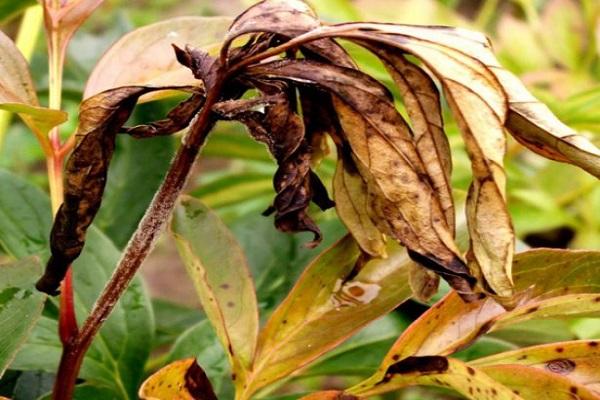
Compliance with the rules of landing and maintenance
For plant health, it is required to follow the rules of agricultural technology. The soil is regularly loosened and weeded, the flowers are watered. In case of close occurrence of groundwater, it is necessary to drain the site. Flowers should be planted with respect to the distance, in no way thickening the planting, from year to year change the place of growth. Before planting the plants, the planting material and garden tools are disinfected.
Periodic application of deoxidizing additives to the soil
If the acidity of the earth is increased, then this contributes to the appearance of gray rot. Heavy clay and loamy soils are often acidified. Accordingly, it is required to add additives to the soil that will contribute to deoxidation.
Bone flour
Bone meal effectively reduces acidity and saturates the soil with a large amount of various trace elements and minerals due to its composition, which includes phosphorus, calcium, sodium, magnesium, iodine, cobalt, iron, manganese, zinc and copper. 300 grams of bone meal is applied to the soil with an area of 1 square meter in preparation for planting peonies, this will be enough for 2-3 years.
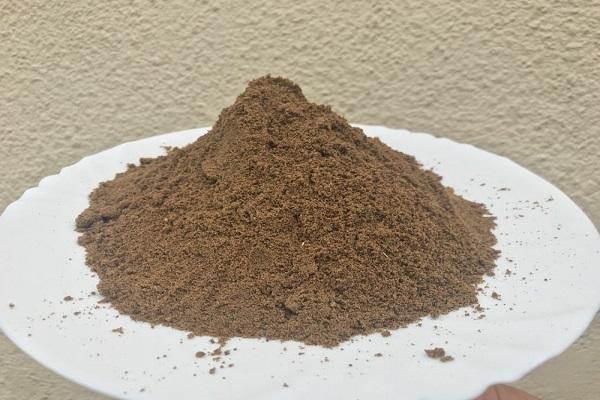
Dolomite flour
Flour is obtained by grinding to the smallest fractions of dolomite mineral, which belongs to carbonates. Fertilizer not only neutralizes the acidity of the soil, but also enriches it with useful microelements such as magnesium and potassium. Flour is added no more often than once every 3-4 years, and when calculating the required amount, the acidity and structure of the soil are taken into account. Dolomite can be added to the soil at any time of the year, since it does not interfere with the absorption of other fertilizers by plants.
Limestone flour
Slaked lime (Ca (OH)) is also often used to normalize acidic soil. Compared to dolomite flour, limestone is cheaper, more common on the market and is a stronger means of neutralizing acidity. But a strong effect also becomes a lack of fertilizer, because immediately after application it interferes plants absorb phosphorus and nitrogen.For this reason, lime is not applied immediately before planting flowers, but in early spring or when preparing the beds for winter.
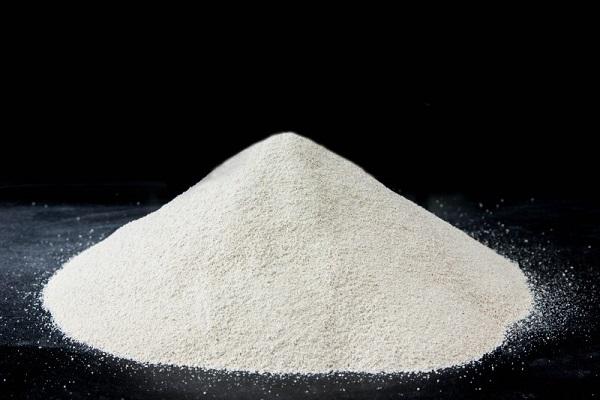
Mandatory and timely pruning
In preparation for wintering, peony stems are cut to the root. If the plant gets sick in the summer, remove all affected parts of the flower. Pruning should be done only with a sharp tool, cut off shoots should be taken outside the site or burned.
Limited use of nitrogen fertilizers
Nitrogen fertilizing is used limitedly, avoiding overdose. Excess nitrogen fertilization leads to a softening of the plant's cell walls, which increases the risk of gray mold infection.
The use of fungicidal drugs for the prevention and suppression of the disease
Fungicides are drugs that help destroy harmful fungi. The substance was widely used in agriculture and floriculture for the prevention and treatment of affected plants. Fungicidal preparations are divided into contact ones, which kill fungal spores by direct contact with them, and systemic ones, which penetrate into the vascular system of the plant, providing prevention and curing a deeply penetrated infection.

Copper-containing
For the treatment of peonies, copper sulfate is diluted in a proportion of 50-70 grams per 10 liters of water. It is good to fight gray rot with Bordeaux liquid, which can be prepared as follows: 100 grams of copper sulfate is diluted with water and poured into a mixture of water and 75 grams of quicklime; the resulting solution is diluted with water to 10 liters.If you take the same amount of baking soda instead of lime, you get burgundy liquid.
Fundazol
Fundazol is a contact and systemic agent. To effectively combat gray mold, you need to process the plant twice. The drug is toxic, use should be avoided if there are small children or animals at home.
Colloidal sulfur
10 liters of water will require up to 100 grams of colloidal sulfur. Preventive treatment is carried out three times with an interval of 10-12 days.
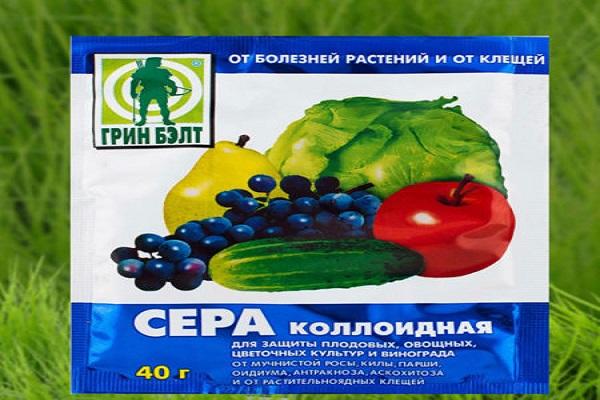
Application rules
For the treatment of flowers growing near the house, the least toxic fungicides are used, for example, copper sulfate, copper oxychloride, Bordeaux or Burgundy liquid. If you choose the right moment for spraying, when the germinating spores of the fungus are most vulnerable, then the preparations will be quite effective. If the shoots get sick, the stems are cut at the root and the site of the lesion is poured with a fungicide.
Timing
The first time peonies are treated with fungicides in the spring, when the active growth of the stems begins, on average this period falls on the end of April. Re-fungicidal preparations are used once or twice every 10-12 days, the number of applications depends on the weather and the degree of damage to the plants.
Alternating drugs
Alternating between different drugs will help prevent hazardous substances from accumulating in the soil. In addition, the alternate application increases the effectiveness of the treatment.

Different concentration depending on the age of the plant
The younger the plant, the lower the concentration of the drug should be, since there is a great risk of damaging fragile shoots. This is especially true for burning substances such as copper sulfate. To maximize the effectiveness of fungicides with a minimum amount of them, the plant is not watered from above, limited to spraying. It is necessary to water with a watering can with small holes directly on the soil around the flower.
Fighting root rot
The common name root rot denotes several diseases caused by different fungi, with the same symptom - the defeat of the roots, which turn brown, soften, and emit an unpleasant odor. On the aerial part of the plant, the disease manifests itself in blackening and wilting of shoots. The development of fungal spores is facilitated by the same factors that favor the occurrence of gray rot, namely, increased acidity of the soil and humidity of the weather, lack of ventilation due to the density of growth, and insufficient drainage of the site.
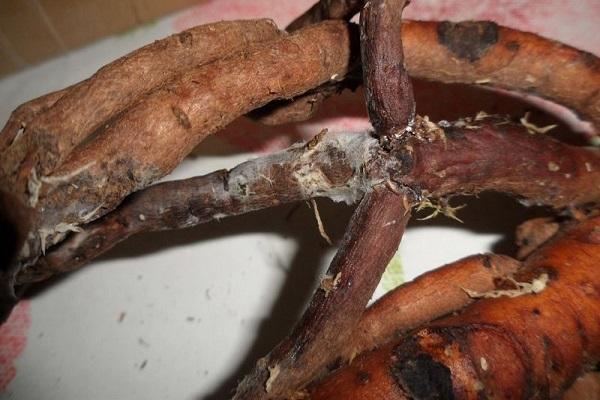
Using healthy planting material
When preparing planting material, the roots are carefully examined and damaged ones are removed. To do this, cut off the rotten parts of the rhizomes with a sharp knife, treat it with a mixture of two parts of crushed charcoal with one part of "Fundazol" or sulfur. Disinfection of rhizomes is carried out within half an hour with such preparations as copper sulfate, "Fundazol" or potassium permanganate.
Correct fit
A place for planting peonies should be sunny, well-drained, it can be located on a small elevation. It is advisable to avoid the proximity of trees and buildings that shade the plantings. The distance between the bushes should be about one and a half meters.
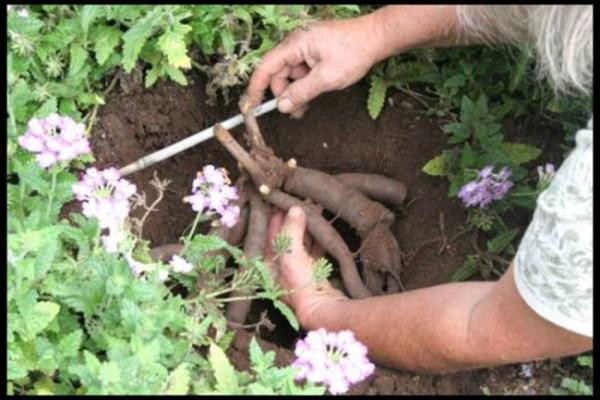
Application of phosphorus-potassium fertilizers and microelements
So that the roots of the plant do not start to rot, phosphorus-potassium fertilizers are used to strengthen the root system, which are applied after flowering is completed in preparation for wintering. This top dressing will ensure abundant flowering in the next season and help to increase the winter hardiness of the bushes. You can use drugs such as a mixture of "Kemira-kombi" or potassium monophosphate.
Fungicidal preparations
When the plant becomes ill, the affected shoots are cut off, the root is dug up and the damaged parts are cut off.Sections are sprinkled with a mixture of wood ash with "Fundazol", the bush is transplanted to a new place, and other plants are treated with fungicides for preventive purposes.
Copper sulfate
For the treatment of flowers with copper sulfate as part of the fight against root rot, the drug is diluted at the rate of 5 grams of substance per 10 liters of water. One square meter of land will take 5 liters of water.
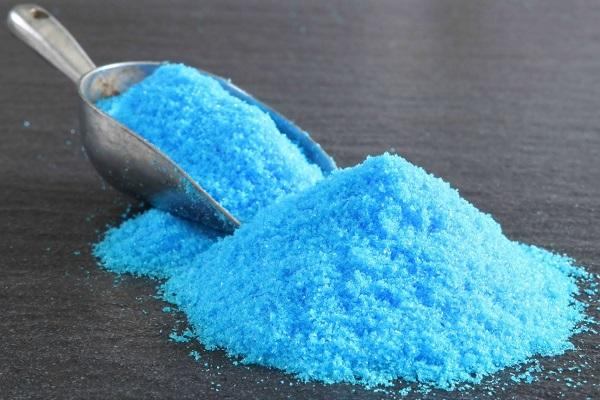
HOM
HOM - copper oxychloride, helps against many fungal infections, including root rot. The preparation, produced in powder form, is dissolved in water and sprayed on the plant when the weather is dry and calm.
Rust and mottling
When a peony gets sick with rust, brown, orange and reddish spots appear on the leaves, in which the spores of the pathogenic fungus are located. Spotting appears as a blue, purple or light brown staining of leaf areas, with fungal spores located at the bottom of the leaf. Sparse planting of peonies will prevent the spread of diseases.
Collection and burning of diseased leaves
Plants should be regularly examined for signs of disease. At the first sign, they take action without waiting for the peony to suffer even more, or the fungus will infect the surrounding bushes. Leaves with manifested spots must be immediately collected and burned, otherwise the spores of the fungus will spread with the help of the wind and fall on other plants.
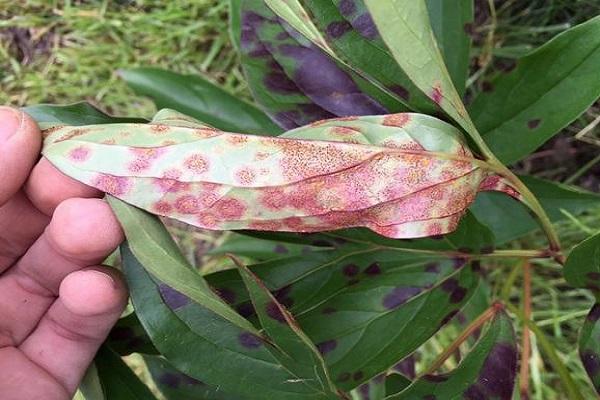
Spraying with a solution of fungicides and laundry soap
Treatment with antifungal drugs is carried out once a month or as it rinses off. Affected flowers are sprayed with the same fungicides that are used to combat gray mold. A pinch of washing powder or a solution of soap is added to the drug, you can take a household or toilet one. The soapy substance will help the substance stay on the foliage.
Thorough cleaning in autumn
Fungal spores overwinter on fallen leaves, so it is important to remove all plant debris. Organics are taken outside the site, trying to prevent infected leaves from getting into the compost heap, or they are burned.
Burning plant residues
It is best to burn the stems cut in the fall, so the risk of spreading fungal spores remaining on the leaves will be eliminated.
Viruses
Fungi predominate among the causative agents of various diseases of peonies, but viruses are also widespread. Peonies are affected by rattle, annular spotting and mosaics. Viruses are transmitted by contact, so it is necessary to disinfect garden tools after working with diseased plants.
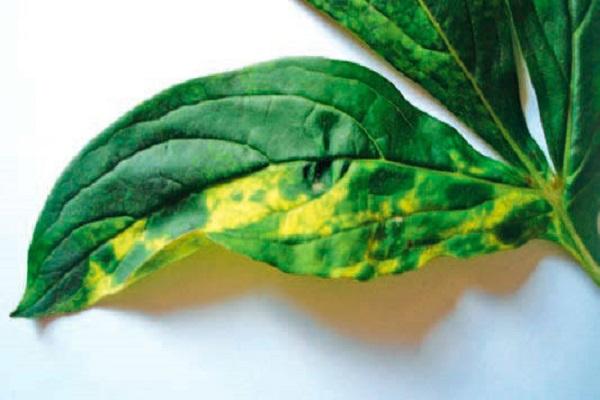
Mosaic
The mosaic got its name from the coloring in the form of alternating yellowish small spots on the leaves of plants. The viral disease is easily transferred to the surrounding flowers, so if signs are found, action must be taken immediately.
Symptoms
When a disease occurs, dark and light stripes alternate on the leaves, forming a characteristic mosaic pattern. Further development of the disease can lead to deformation of leaf plates, thickening and cracks on the stems, destruction of roots.
Possible control measures
The disease cannot be treated, therefore it is necessary to remove the affected plant or its parts. For several years, you cannot plant other peonies, bulbous plants, cucumbers, potatoes in the place of the dug plant.

Immediate destruction of the plant
When there is a large collection of peonies on the site, the mosaic quickly spreads to all plants, if the diseased bush is not isolated. In the case when there are only a few plants, they can be left, but not used for further reproduction. The affected flower is dug up and burned, in no case placing the diseased plant in the compost heap.
Removing wounded stems and dusting with ash
If signs of disease are found on the leaves, the shoot is cut off and the cut site is treated with ash or activated carbon. In case of relapse, the plant is completely destroyed.
Avoid varieties prone to this disease
To prevent the emergence and development of viral diseases of peonies, it is best to purchase seedlings from licensed stores, giving preference to varieties that are less susceptible to disease.
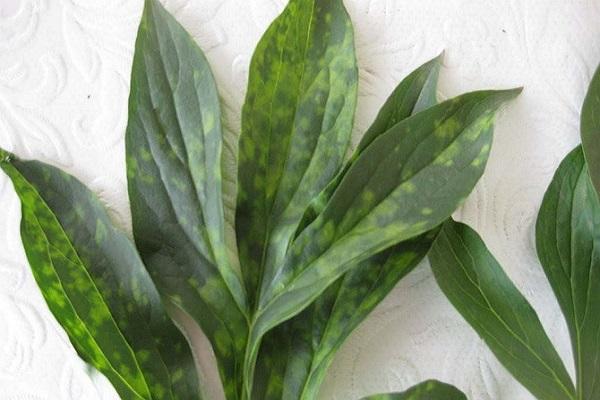
Rattle
Another name for the virus, which was often used in the past, is peony ring spot virus. The first signs of the disease can be seen in late spring - early summer.
Signs of defeat
The main sign of damage is the appearance of ring-shaped spots on the leaves of the plant. They are located between the veins. The disease can also manifest itself in the form of yellow-green stripes on the foliage or a marble pattern when rings and stripes are combined.
Severity depending on the variety
The most susceptible to the virus are hybrids, in particular, American terry peonies. At the same time, varieties of the first generation may not manifest disease in any way.
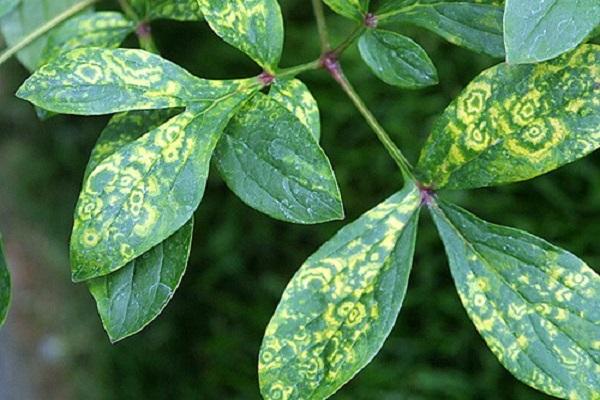
Powdery mildew
The disease most often occurs in adult plants. It does not do much harm, but measures to combat still need to be carried out.
Signs
Powdery mildew appears as a white bloom on the top of the leaf plate. The buds are deformed, the leaves wither, dry up and fall off.
Treatment
Powdery mildew is fought by spraying the affected peonies twice with a solution of soda ash with an interval of 10 days. When processing, laundry soap is added to the soda. Figon is also effective against powdery mildew.
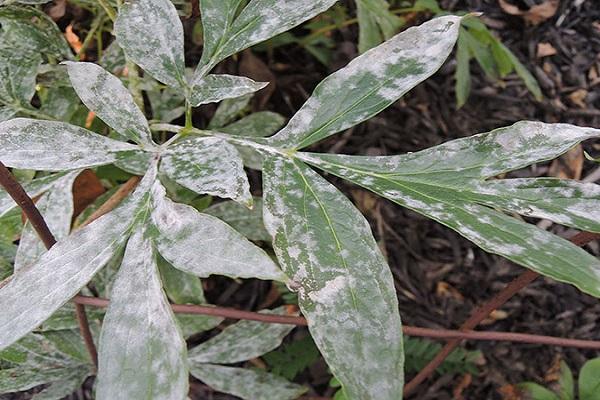
Verticillary wilting
Refers to fungal diseases. The causative agent hibernates in the roots, so it is difficult to get rid of the disease. Peonies are usually affected during the flowering period.
Symptoms
The main visible sign of the disease is that flowering shoots begin to wither for no apparent reason. The bush turns yellow, dries up and dies. If the stem is cut off, there will be noticeably darkened vessels.
Control methods
It is impossible to cure the plant. The affected peony is dug up, capturing an adjacent earthen lump along with the root system. The soil in place of the extracted flower is disinfected by pouring formalin or bleach.
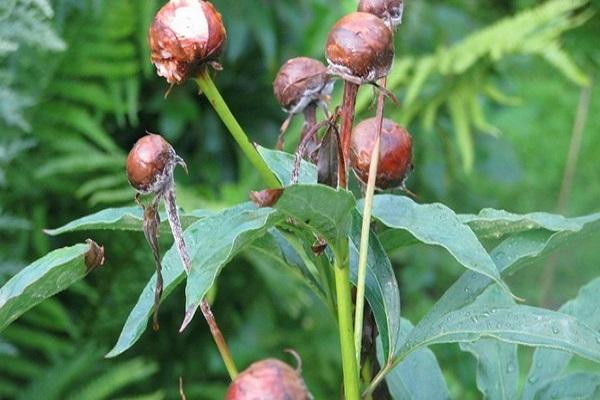
How to get rid of pests
Pests not only spoil the appearance of peonies due to eaten dried leaves and deformed buds, but also significantly harm the health of the flower until it is completely destroyed. In this regard, it is necessary to regularly inspect the plant, collecting manually visible beetles and larvae, digging up the soil, weeding the site, adding substances that prevent the spread of parasites into the soil in spring and autumn.
Gall nematode
With the appearance of nematodes, the peony bush begins to lag behind in development and stops flowering, leaves and shoots turn yellow and wither. Signs of nematode activity can be confused with manifestations of other diseases, the difference is the appearance of thickenings of yellow and brown color on the roots.
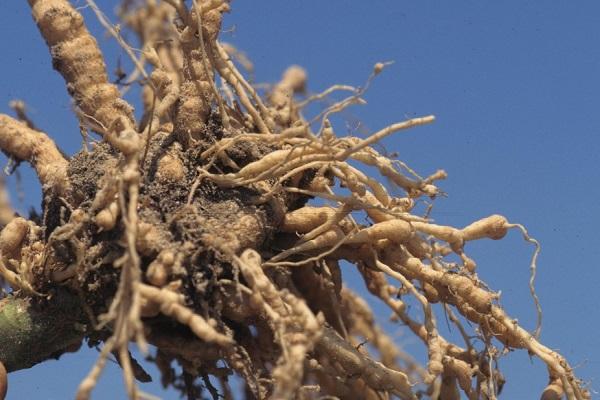
Description
Gall nematodes are microscopic roundworms up to 2 mm long. The parasites got this name because of the round formations, similar to balls with a diameter of 3 to 5 millimeters, galls, which appear on the roots of the plant. Pests multiply in these balls, and then spread in the soil to other roots.
Possible carriers
Nematodes can settle on the roots of many flowers and trees. From garden plants, lilies, peonies, clematis, daffodils, gladioli, irises are most often affected. But the pest is omnivorous, so it can infect a variety of plants.
How to fight
The most reliable way to fight the parasite is to destroy the plant, whose root system is damaged. The dug out bush is burned, and the soil in the area where the flower grew is disinfected with a formalin solution. In no case should an infected flower be placed in a compost heap. In the early stages, drugs "BI-58", "Rogor" can help.
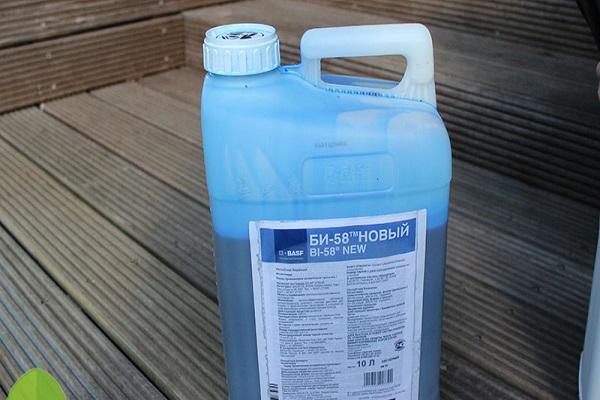
Close inspection of planting material
To prevent the spread of the pest, the root system of the flower is carefully examined before planting. So you can spot parasites in time and prevent other plants from infesting gall nematodes.
Regular weeding
A mandatory measure for controlling root gall nematodes is the removal of weeds, on the root system of which the parasite can successfully develop, subsequently infecting cultivated plants. Organic residues are burned to prevent the spread of pests.
Ants
Ants can damage the buds of peonies, gnawing the petals, bred aphids on plants, and are also carriers of fungal diseases. To combat insects, purchased preparations are used, but there are also sparing folk methods: rub the stem with garlic, arrange a vaseline ring trap around the shoot, place sweet baits nearby, or plant plants with a pungent smell that repel ants.
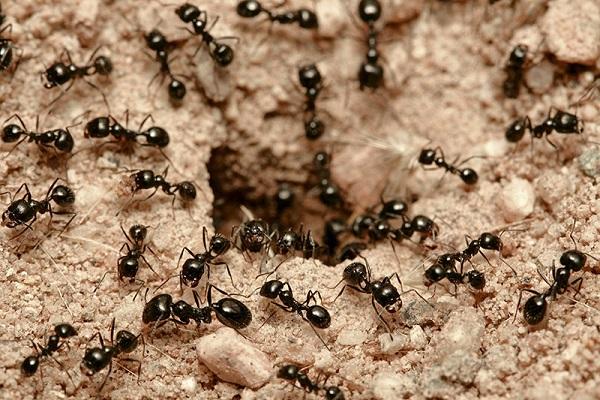
Aphid
Aphids weaken the peony as they drink the juices of the plant. If there are not very many pests, they are collected by hand or knocked down with a stream of water. A large number of parasites get rid of with the help of "Fitoverma" or "Actellika", carrying out the treatment according to the instructions.
Bronze beetles
Most types of bronzes have a color with a characteristic metallic luster, for which they got their name, but there are beetles in other shades. During the summer season, pests can eat the buds of peonies. Bronzes are eliminated mechanically, by hand picking in the morning, when the insects are still motionless, or in the evening, luring the beetles with a light source. If the number of insects exceeds 15 each day during collection, it is required to spray the bushes and soil with folk remedies or insecticides.
May beetles
Adult insects eat leaf plates and buds, but larvae, which damage the roots, are much more dangerous. Biopreparations, such as Nemabakt, Aktofit, Boverin, Fitoverm, are considered the best way to fight the parasite, since they are effective and do not harm the environment. During autumn and spring digging, the area of the larvae is selected manually. Experienced gardeners, in order to drive off May beetles, treat plants and beds with a solution of ammonia, an infusion of onion peels, and potassium permanganate.
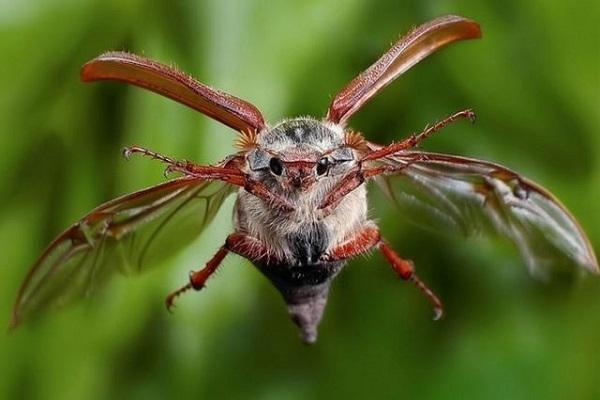
Disease and pest control drugs
An effective way to combat diseases and pests of peonies is the treatment of plants with chemicals in the spring-summer season. When using chemicals, remember that they can harm surrounding plantings and beneficial insects, and use them with care. We must not forget about personal protective equipment, so as not to harm our own health. The drugs are used according to the instructions on the package, exceeding the dose can cause damage to plants.
Copper oxychloride (HOM)
Copper oxychloride is used to combat sulfur and root rot caused by Botrytis. With a solution of the product, water the peony bush under the base, repeating the treatment after 10 days.
Copper sulfate
If the plant shows signs of a disease caused by the fungus Botrytis, a half-percent solution of copper sulfate is sprayed on the bush and watered at the root.
"Alirin"
"Alirin" will help against late blight. The substance is added before planting the peony in the ground, and also poured with a solution of 1 tablet in 1 liter of water several times during the season. The same measure is effective against root rot. Peonies are sprayed with a solution of the drug several times to get rid of powdery mildew, late blight and gray rot.
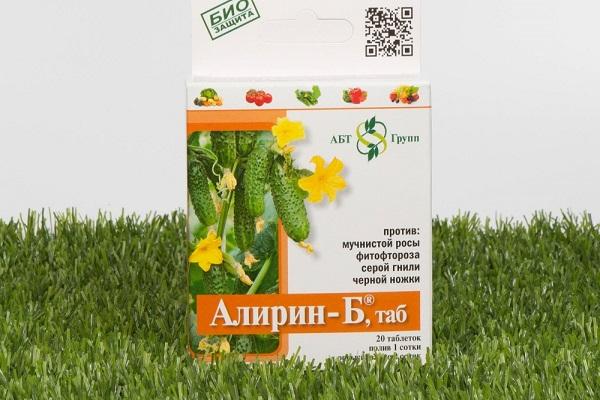
"Maxim"
To prevent the appearance of gray and root rot, you can use the drug "Maxim". The part of the stem with the roots prepared for planting is soaked in the solution for half an hour. During the season, "Maxim" is poured onto the soil at the rate of 2 ml of the product per 1 liter of water.
"Fitosporin M"
If, before planting the peonies, the planting material and the soil are treated with the preparation "Fitosporin M", then rot, rust and powdery mildew can be avoided. They consolidate the result by spraying the plant in summer.
"Agat-25K"
Before planting peonies, the soil is treated with Agat-25K, which prevents the appearance of powdery mildew, spotting, and also fights the Botrytis fungus. To avoid these diseases in the summer, the bush is sprayed with a solution of the drug.
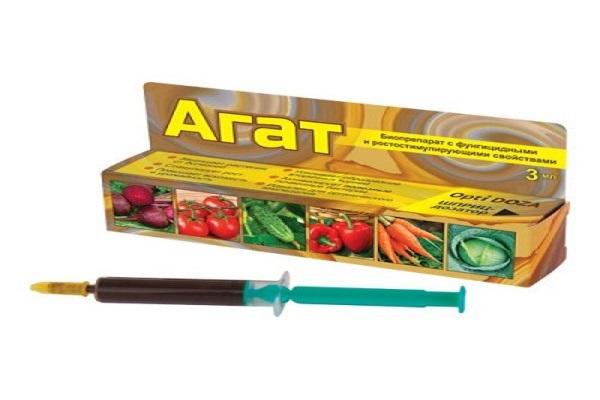
"Alirin B"
"Alirin B" is used as a preventive measure against root rot and late blight of peonies. To do this, the drug is introduced into the soil of the flower garden before planting.
"Gamair"
Before the flowering of peonies, as well as after its end, the plant is sprayed with the preparation "Gamair". Thus, the prevention of the occurrence of spotting and powdery mildew is carried out. In addition to spraying, the bushes are watered with a solution of the product.
"Topaz"
"Topaz" will help against peony diseases caused by fungi. When the plant has already become infected, and the degree of damage is strong enough, you will need to spray the bush. At the beginning of the season, prophylaxis is carried out by spraying the peony twice with a solution of the drug in a lower concentration.
"Falcon"
To prevent infection with rust, powdery mildew, black spot and rot, the peony bush is sprayed with Falcon diluted in water. If, nevertheless, the plant is ill, the leaf plate is treated on both sides with the same preparation.
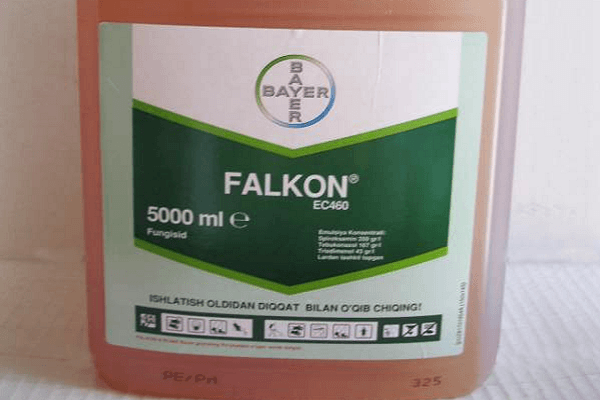
"Fufanol"
The drug "Fufanol" will help to get rid of parasites. The peony is sprayed by dissolving the chemical in water.
"Spark"
If the peony is damaged by ants, the plant can be treated with Iskra. It is also effective against beetles and caterpillars. The bush is sprayed, diluting the drug according to the instructions.
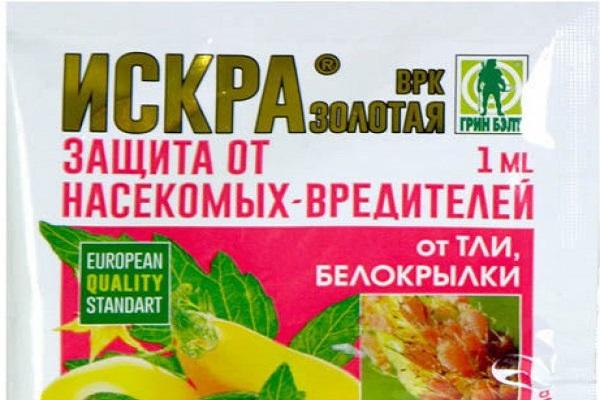
"Karbofos"
In order for the peony not to suffer from insects, they are destroyed with the help of "Karbofos". When parasites appear, the bush is sprayed with a solution at the rate of 30 grams of the product per 5 liters of water.
Potassium permanganate
The planting material is sprayed with a weak solution of potassium permanganate before planting in the ground. Such processing acts as a preventive measure.
Peonies are beautiful and rather unpretentious flowers. Among the many varieties, you can choose the color of the buds for every taste. To enjoy the view of a healthy plant, it is necessary to recognize diseases in time and help the bush to fight them.
